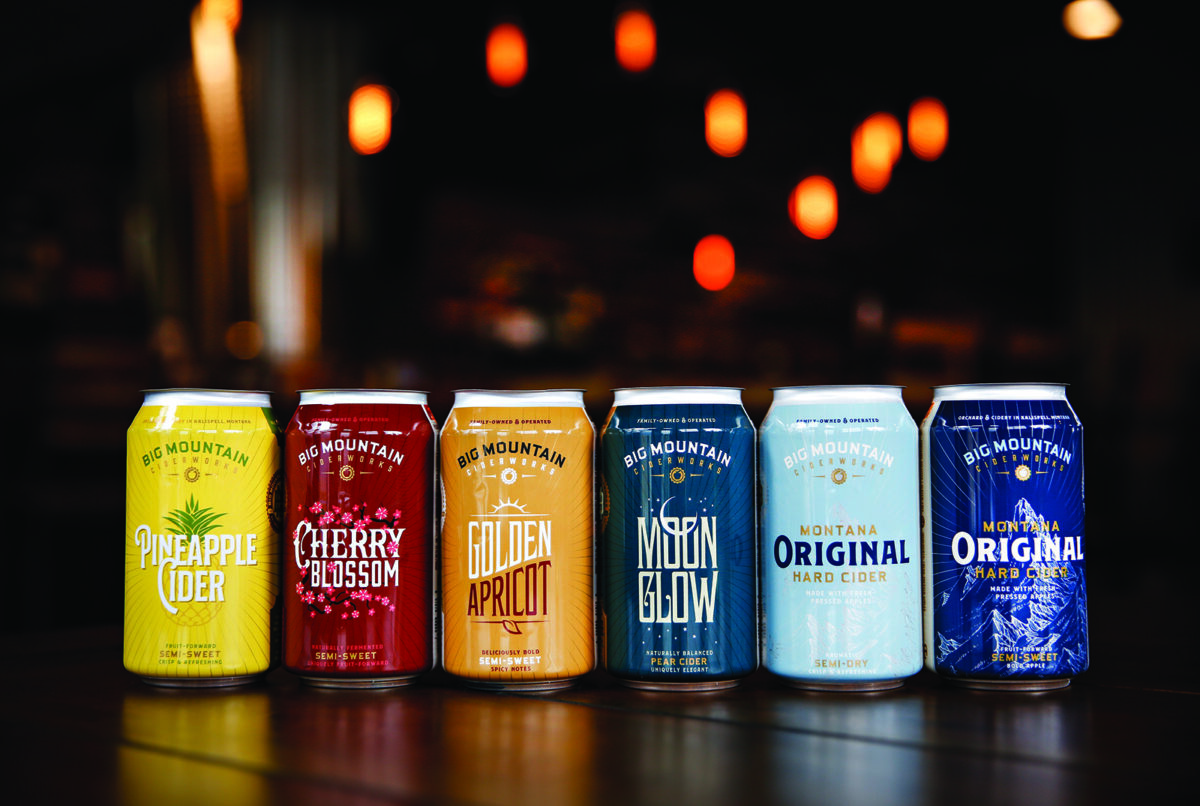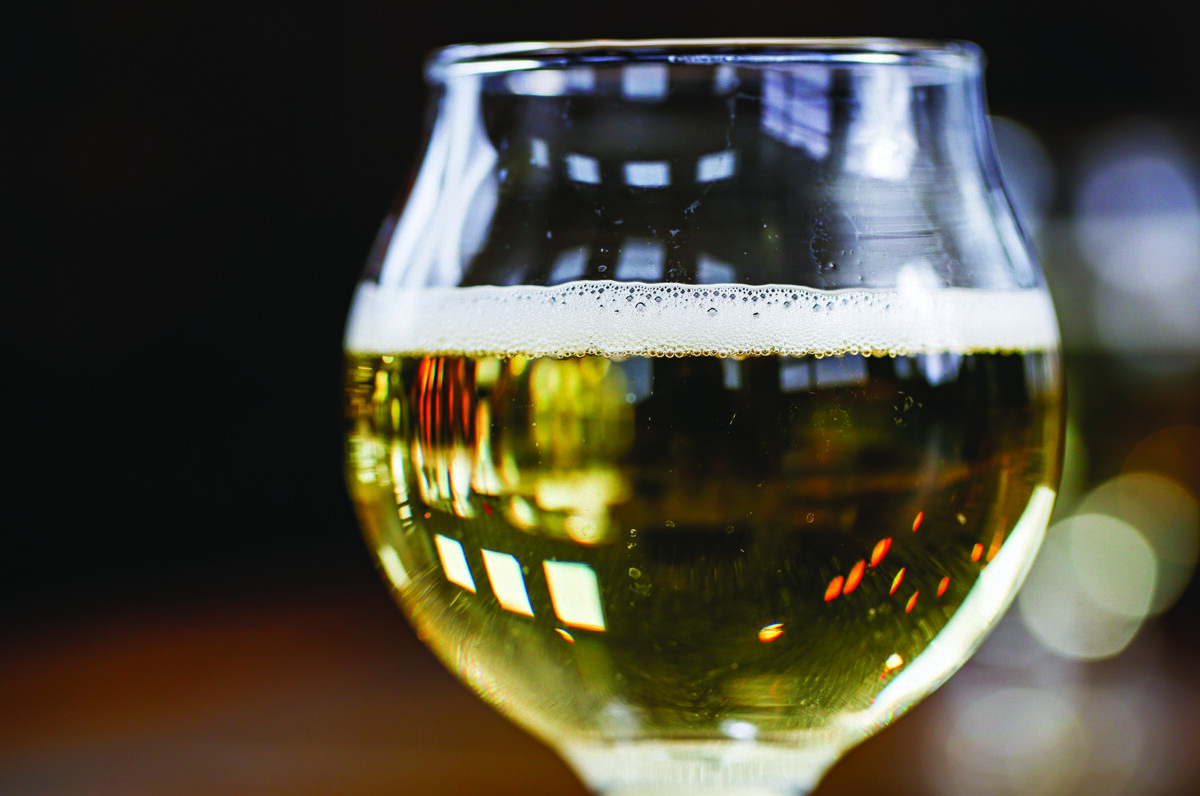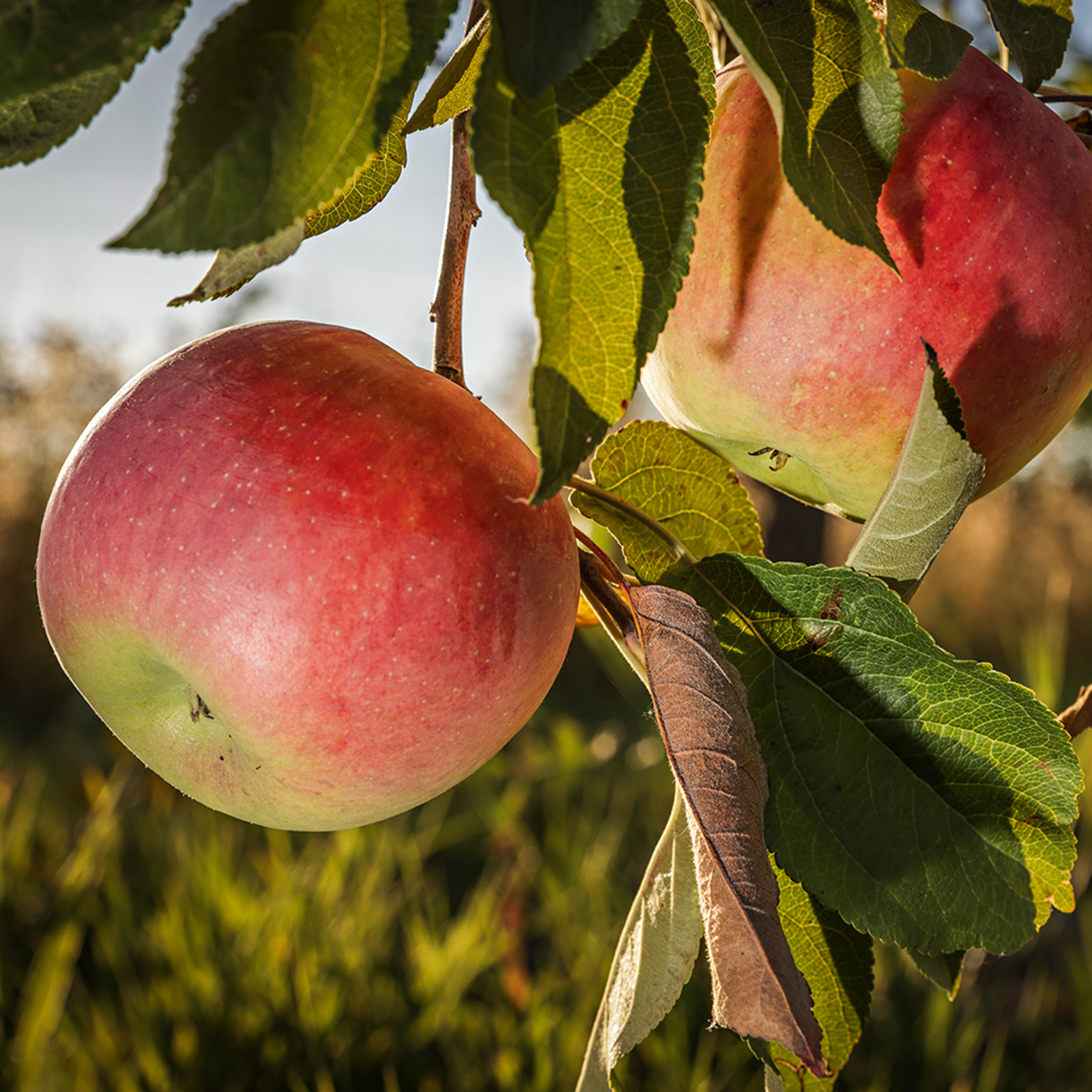Even in the stone ages, our ancestors realized that anything containing sugar could be reliably transformed through fermentation into an alcoholic elixir. Take, for example, the beautiful simplicity of cider: squeeze, then wait. The ease and simplicity of cider has led most historians to believe that it predates civilization itself. How much of a buzz it may have generated — or how palatable it tasted to primeval connoisseurs — one can only guess. (Fortunately, the likelihood of our hunter-gatherer forebearers approaching us at a modern-day mixer and presenting us with a questionable homebrew to politely choke down is incredibly slim.)
Ancient though it may be, cider did not enter into the written record until 55 BCE, when soldiers from Julius Caesar’s army found Celtic settlers fermenting crab apples in Great Britain. It’s possible this is the result of basic illiteracy, or it could be the non-specificity of language. Wine would have described a fermented fruit beverage to some, and the word sicera, the origin of cider, meant all alcoholic beverages not of grapes; thus, historical exclusion by inclusion.
But even a written record of those early experiments could not have helped write the rule book for cider. That’s because making cider before the discovery of yeast was like having a co-conspirator with whom you could not communicate. Wild yeast is present in and on apples, which made this squeeze-and-wait strategy possible for centuries. It was, for all intents and purposes, magic.
The progress of science eventually revealed the secrets of fermentation, helping those who valued consistency achieve more predictable results by cultivating specific strains of yeast. But as anyone who has tasted a funky homebrew at a neighborhood get-together can attest, yeast remains a temperamental collaborator. The best one can do is help guide it, and hope that it produces the desired effects.
Meanwhile, ancient apple trees were on their own trajectory. Originating in Central Asia, up to seven wild species of plant combined over several generations while traveling along trade routes to become what we now think of as an apple. Romans instituted proper orcharding and horticulture skills in Western Europe, and after the fall of their empire, Islamic Moors and Christian monks (some of the only people taking notes during the dark ages) further honed these skills, giving us the first apples to have the proper profiles for modern cider-making.
When Jen and Bud Desmul, owners of Big Sky Ciderworks in Kalispell, bought trees for their orchard in 2013, these were the types of apples they were looking for. They ordered American and English heritage trees, which, according to Jen, produce apples with “high tannins and a lot of acid, but they make a great cider because they have more complex flavors.” On average, 30% of their cider comes from trees grown in their five-acre orchard, though mother nature doesn’t always comply.
“A couple years ago, we had a really bad spring frost. At that point, you just take what you can get. We’ll put them all together. We call it Orchard Blend,” Jen said, adding that 2025 will not require such a mashup. “This was a good year for apples.”
In good years, Big Mountain Ciderworks has multiple single varietals on top of their orchard blend. With a current melange of 22 different apples to choose from, there’s no shortage of inspiration. The Newtown Pippin, a current offering in their taproom, is a single varietal made with one of pomologists’ favorite American apples.

The Newtown Pippin was a “chance seedling” arising from an unknown origin, but it quickly became the first commercially important apple crop in America. George Washington, a wooden-toothed apple aficionado, as well as Thomas Jefferson, both had Newtown Pippin trees in their personal orchards. The trees eventually spread to the Pacific Northwest, where they have since become highly sought after for both sweet and hard ciders. The popular fruit has a desirable balance of sweetness and acidity with bright citrus and pine aromatics.
Bud Desmel, who studied cider-making in the United Kingdom, aims to achieve the “Old-School” English style in his ciders. To do this, he focuses on technical proficiency and best-practice methods, as well as a yeast known as Saccharomyces cerevisiae.
“The yeast ferments cleanly, preserves delicate fruit aromas, and supports the balanced acidity and soft tannins typical of traditional English ciders, reliably highlighting the unique flavors of our heritage apples,” according to Bud, whose technical mastery, along with the juice of the Newtown Pippin and his favored culture, combine to create a concoction that at one time simply would not have been possible.
Sitting on the patio at Big Mountain Ciderworks with a glass of Newtown Pippin is to occupy a liminal space. In your hand is a beverage whose origins span the conventional dimensions of space and time, its genesis stretching to the other side of the world while simultaneously rooted in the Desmuls’ five-acre orchard sprawled in front of you. It’s a drink that predates the agricultural revolution, even as it serves as an immediate indicator of the health of this year’s harvest.
Hoisting the snifter for a first sip, a bouquet of banana, nutmeg and vanilla swirls around the glass while a burst of green apple and citrus flashes across your taste buds. A crisp dry finish ends the journey a very long way away from where it started.
For more information, check out bigmountaincider.com.

Pub Talk
• The word “pippin” was borrowed from the French in the middle ages, to describe a small seed.
• A gift of Newtown Pippins to Queen Victoria in 1838 from an American ambassador went over so well that she lifted a tariff specifically to import more of this standout fruit.
• Benjamin Franklin had a crate of Newtown Pippins shipped across the Atlantic in 1758 to himself.
• In Colonial America, cider was a form of currency, used to pay doctors, teachers and fulfill debts.
• The lack of firewood in 17th century England helped foster its popularity, as there wasn’t enough firewood to roast barley or boil mash, and cider could be created without a heat source.
• Big Mountain Ciderworks celebrates five years this fall.
